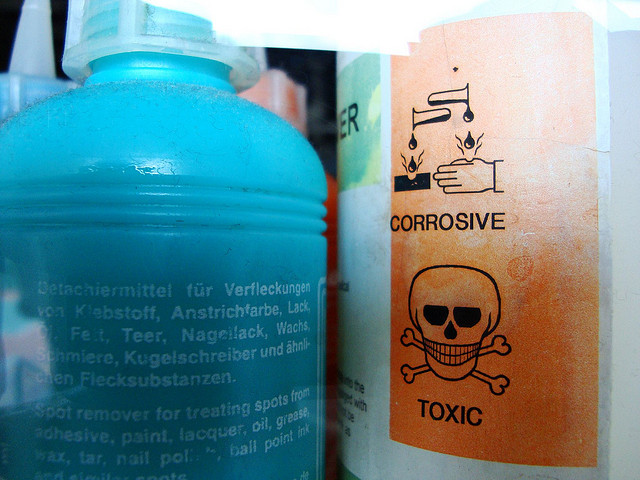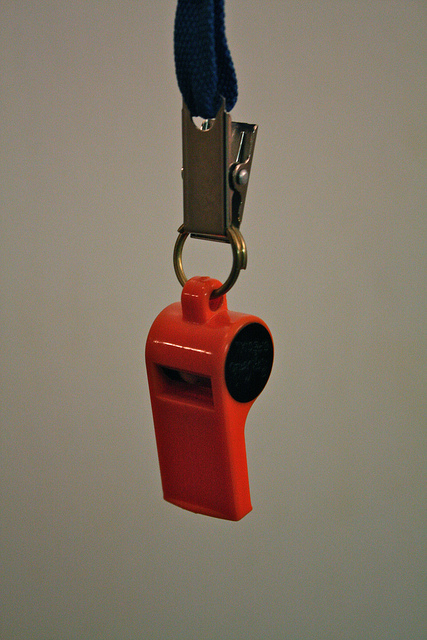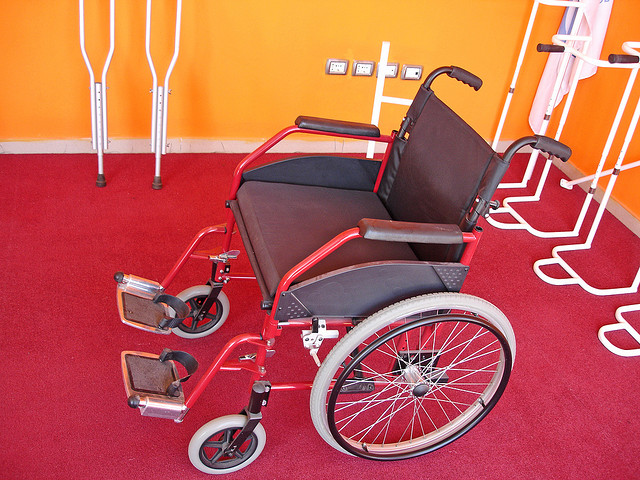The Occupational Safety and Health Administration (OSHA) has revised a guide that identifies eight mechanical motions and eight hazardous actions that present possible amputation hazards. The guide also sets forth steps employers can take to reduce these hazards. The material is appropriate for anyone responsible for the operation, servicing, and care of machines or equipment: employers, employees, safety professionals, and industrial hygienists. Topics covered in this document include hazard analysis, awareness devices, and hazardous energy (lockout/tagout), and safeguarding machinery. An excerpt follows:
Audit, Compliance and Risk Blog
STP Editorial Team
Recent Posts
OSHA: Safeguarding Equipment and Protecting Employees from Amputations
Posted by STP Editorial Team on Mon, Jul 28, 2014
Tags: Corporate Governance, Business & Legal, Health & Safety, OSHA, California Legislation, Training
Investigation of Construction Incidents to Reduce Injuries and Fatalities
Posted by STP Editorial Team on Thu, Jul 10, 2014
The Directorate of Construction, Occupational Safety and Health Administration (OSHA) has a website that provides original investigations of collapses and other incidents. Many of the incidents resulted in one or more worker fatalities, and most of them resulted in multi-million dollar property loss, lawsuits, or settlements. Each investigation was performed at the request of an OSHA field office or State Plan OSHA as part of an enforcement inspection.
Tags: Corporate Governance, Business & Legal, Employer Best Practices, Health & Safety, OSHA, Training, Environmental risks, Environmental
NIOSH Studies Ergonomics for the Beverage Delivery Industry
Posted by STP Editorial Team on Wed, Jun 25, 2014
A study published in 1996 by the U.S. Department of Health and Human Services (DHHS) National Institute for Occupational Safety and Health (NIOSH) illustrates the value of applying ergonomic controls to aspects of the beverage delivery industry and demonstrates the effectiveness these measures have in reducing musculoskeletal injuries through psychophysical, physiological, and biomechanical methods.
Vehicle Maintenance: Mobile Apps Making Life Easier
Posted by STP Editorial Team on Mon, May 26, 2014
Mobile technology is changing our lives, including how we drive and maintain our vehicles, where we get gas and how much we pay for it, to which route we take to work every day. There are apps to record your service history and even ones designed to help you complete simple car fixes on your own. Below are examples of some useful vehicle maintenance and repair apps for businesses and individuals.
Tags: Business & Legal, Employer Best Practices, Health & Safety, Training, Transportation
OSHA 29 CFR 1910.1200: A MUST for Employers That Use Hazardous Chemicals
Posted by STP Editorial Team on Mon, May 12, 2014
Employers that have hazardous chemicals in their workplaces are required by OSHA’s Hazard Communication Standard (HCS), 29 CFR 1910.1200, to implement a hazard communication program. The program must include labels on containers of hazardous chemicals, safety data sheets (SDSs) for hazardous chemicals, and training for workers, and the employer must describe in a written program how it will meet the requirements of the HCS in each of these areas. Employers can implement an effective hazard communication program by following these six steps: learn the standard and identify responsible staff; prepare and implement a written hazard communication program; ensure containers are labeled; maintain Safety Data Sheets (SDSs); inform and train employees; and evaluate and reassess your program.
Tags: Business & Legal, Employer Best Practices, Health & Safety, Environmental risks, Environmental, EHS, Hazcom
News from The Bureau of Safety and Environmental Enforcement (BSEE) Press Release Issued April 3, 2014
Tags: Corporate Governance, Business & Legal, SEC, OSHA, Environmental risks, Environmental, EHS, Oil & Gas, climate change
SEC Announces Additional $150,000 Payment to Recipient of First Whistleblower Award
Posted by STP Editorial Team on Thu, Apr 24, 2014
Tags: Corporate Governance, Business & Legal, SEC, Employer Best Practices, Employee Rights
Workers’ Compensation in California: What If You Get Hurt on the Job?
Posted by STP Editorial Team on Mon, Apr 14, 2014
The workers’ compensation system is based on a trade-off between employers and employees. Employees are entitled to receive prompt, effective medical treatment for on-the-job injuries or illnesses no matter who is at fault and, in return, are therefore prevented from suing employers over those injuries. As a result, California employers, as in other states, are required by law to have workers’ compensation insurance, even if they have only one employee. And, if employees get hurt or sick because of work, the employer is required to pay for workers’ compensation benefits. Workers’ comp insurance provides six basic benefits: medical care, temporary disability benefits, permanent disability benefits, supplemental job displacement benefits, or vocational rehabilitation and death benefits.
Tags: Corporate Governance, Business & Legal, Employer Best Practices, Health & Safety, Employee Rights, California Legislation, EHS, Disability benefits
Environmental Compliance: Santa Barbara Yearly Regulatory Measures
Posted by STP Editorial Team on Mon, Mar 31, 2014
State law requires the Santa Barbara County Air Pollution Control District to publish a list each year of regulatory measures that may be considered for adoption or amendment during the upcoming calendar year. The District posted its list for 2014 on January 5, 2014, which can be seen below. Before adopting or amending any regulation, the District publishes a notice in a local newspaper and holds a hearing to accept comments from affected businesses and other interested parties.
Tags: Health & Safety, California Legislation, Environmental risks, Environmental, EHS, Greenhouse Gas, ghg, mact, Santa Barbara
U.S. Transportation Safety—A Drug and Alcohol Clearinghouse?
Posted by STP Editorial Team on Wed, Mar 26, 2014
In an effort to reduce “significant risk to public safety,” the U.S. Department of Transportation (DOT) now proposes to establish a new Commercial Driver’s License Drug and Alcohol Clearinghouse for drug and alcohol test results for drivers operating under a commercial driver’s license (CDL). The clearinghouse would also track traffic citations for driving while under the influence of alcohol or drugs (DUIs).
Tags: Business & Legal, Employer Best Practices, Health & Safety, Employee Rights, Training, EHS, Transportation










